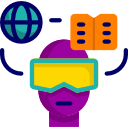Future Trends: Virtual Reality in Education
Virtual reality (VR) is rapidly becoming one of the most transformative forces in education. By enabling immersive, interactive digital experiences, VR offers innovative ways for both students and educators to engage with educational content. As futuristic technologies gain traction, institutions across the globe are integrating virtual environments into their curriculums, revolutionizing how students learn and teachers instruct. The growing adoption of VR in educational settings not only enhances the learning experience but also prepares students for a digital future. This page explores the future trends, transformative impacts, challenges, and future outlook of virtual reality in education.
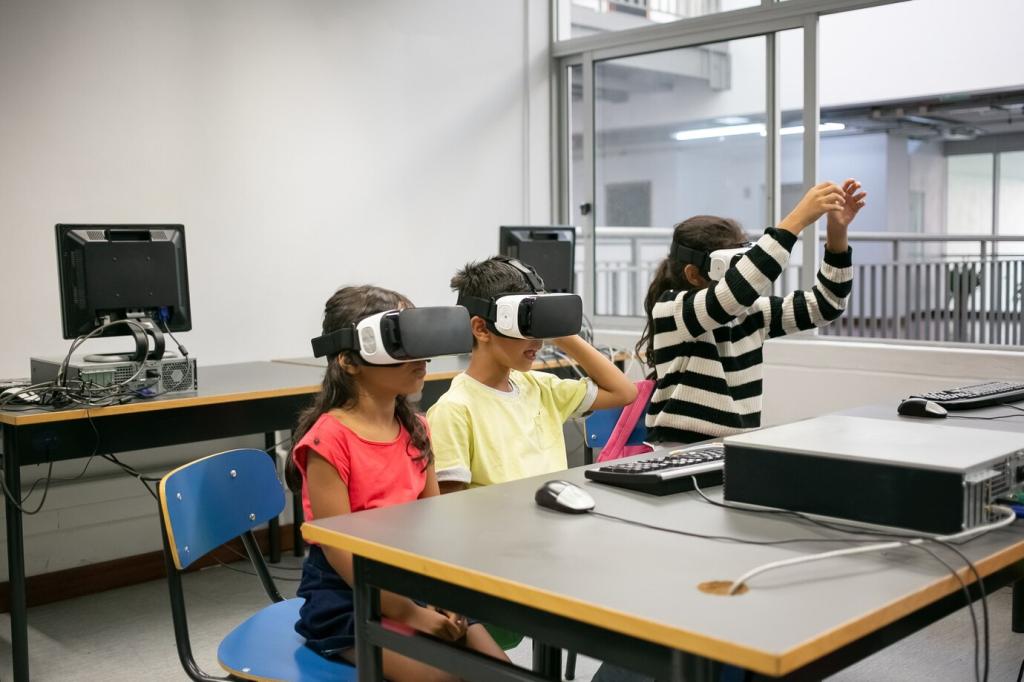
Redefining the Learning Experience
Virtual reality plunges students directly into interactive digital scenarios that bring lessons to life. Rather than passively absorbing information, students explore detailed 3D models, historical reconstructions, or complex scientific phenomena as if they were physically present. This immersion strengthens understanding and retention, as students can manipulate variables, witness outcomes, and engage with content in new ways. By activating multiple senses and provoking genuine curiosity, VR turns abstract concepts into tangible experiences. Over time, this heightened engagement nurtures deeper comprehension and fosters a genuine love for learning.
Transforming Teaching Methods
Innovative Pedagogy
The integration of virtual reality in education empowers teachers to move beyond traditional lectures and textbooks. Educators can design experiential lessons where theoretical knowledge is applied interactively, sparking curiosity and participation. VR enables creative experiments and exploratory tasks, allowing teachers to adapt content for varying learning styles. As teachers craft personalized educational paths, they can cater to diverse student needs while fostering inclusive classroom environments. This shift towards creative instruction transforms teachers into facilitators and guides within immersive educational landscapes.
Collaborative Virtual Classrooms
Virtual reality opens doors to collaborative learning experiences not bound by physical space or geographical limits. Students from around the world can interact in shared virtual classrooms, working together on projects or engaging in group discussions. These environments foster critical communication and teamwork skills, mirroring the increasingly globalized nature of the real workforce. Teachers can supervise, support, and mediate virtual group activities, ensuring equitable participation. The ability to collaborate in 3D spaces reshapes community learning, providing a platform for peer-to-peer instruction and global networking.
Enhanced Assessment Tools
The analytical power of VR environments brings new opportunities for assessing student progress. Teachers can monitor learners’ interactions, observe decision-making processes, and evaluate problem-solving abilities in real time. Unlike conventional tests, VR-based assessments capture practical competencies and thought processes as they unfold. Detailed performance analytics yield insights into each student’s strengths, challenges, and learning styles, enabling targeted intervention and support. These innovative evaluation techniques streamline the feedback loop, helping teachers refine curriculum delivery and maximize educational outcomes.
Overcoming Challenges and Barriers
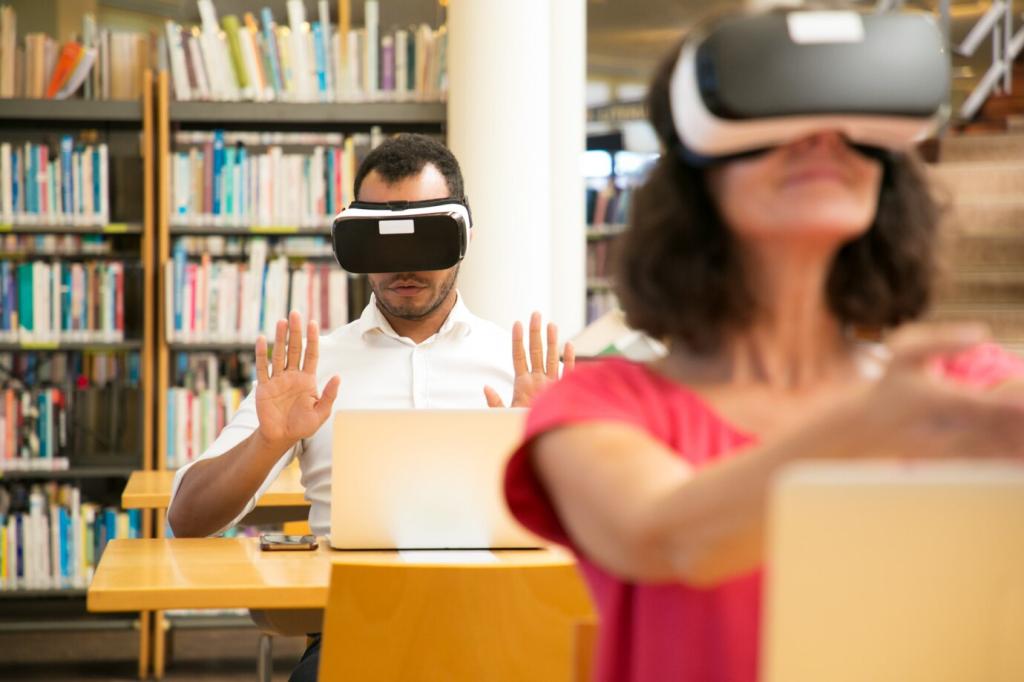
Technology Accessibility
A significant challenge with VR adoption lies in bridging the access gap for students and institutions. Not all schools can afford high-quality VR headsets, computers, or the software required for immersive educational experiences. Additionally, disparities in household technology can create unequal learning opportunities when VR homework or remote classes are introduced. Establishing partnerships, seeking grants, and developing affordable, scalable solutions are paramount in democratizing access. By prioritizing inclusivity, educators and policymakers can help ensure that students from all backgrounds benefit from VR’s transformative potential.
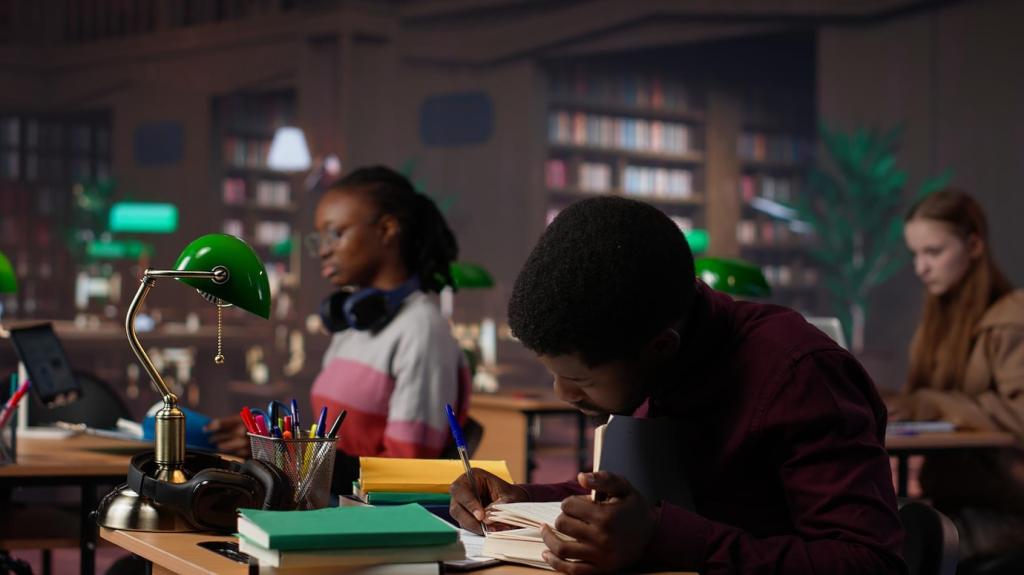
Teacher Training and Support
Effective integration of VR technology hinges on the preparedness and confidence of educators. Many teachers may lack experience with immersive technologies or feel uncertain about incorporating VR into their lesson plans. Ongoing professional development, technical support, and easily accessible resources are necessary to bridge this knowledge gap. Schools must invest in workshops, certifications, and collaborative communities where teachers can share best practices and creative uses for VR. By empowering educators, institutions can unlock the full benefits of these emerging technologies and foster a culture of continuous learning.
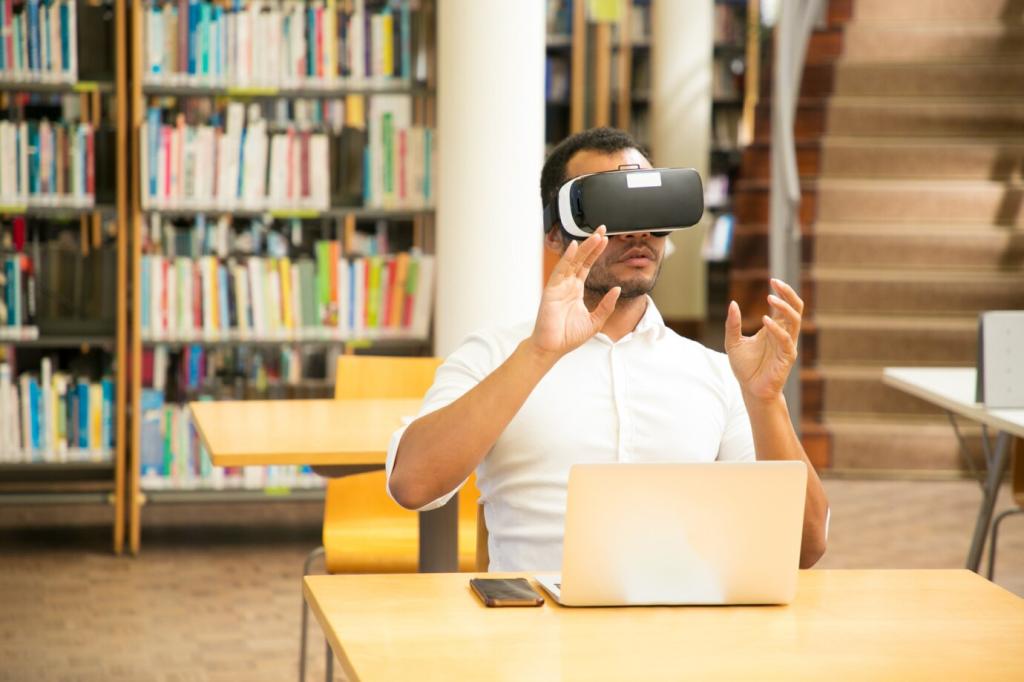
Ethics and Safety Concerns
With the adoption of any new technology comes a host of ethical considerations, particularly around privacy, safety, and well-being. In VR environments, student data must be securely protected, and younger users require safeguards from inappropriate content. Prolonged VR use raises wellness questions related to eyesight, attention, and social development. Establishing clear guidelines, monitoring usage, and involving families in the implementation process helps create a safe, ethical framework for virtual learning. Addressing these concerns early ensures that VR in education is used responsibly, safeguarding students while maximizing their learning potential.
